First U.S. Joint Issue
America’s first joint issue stamp was created to honor the completion of the St. Lawrence Seaway. The US and Canada worked together to create the seaway to connect the Great Lakes to the Atlantic Ocean.
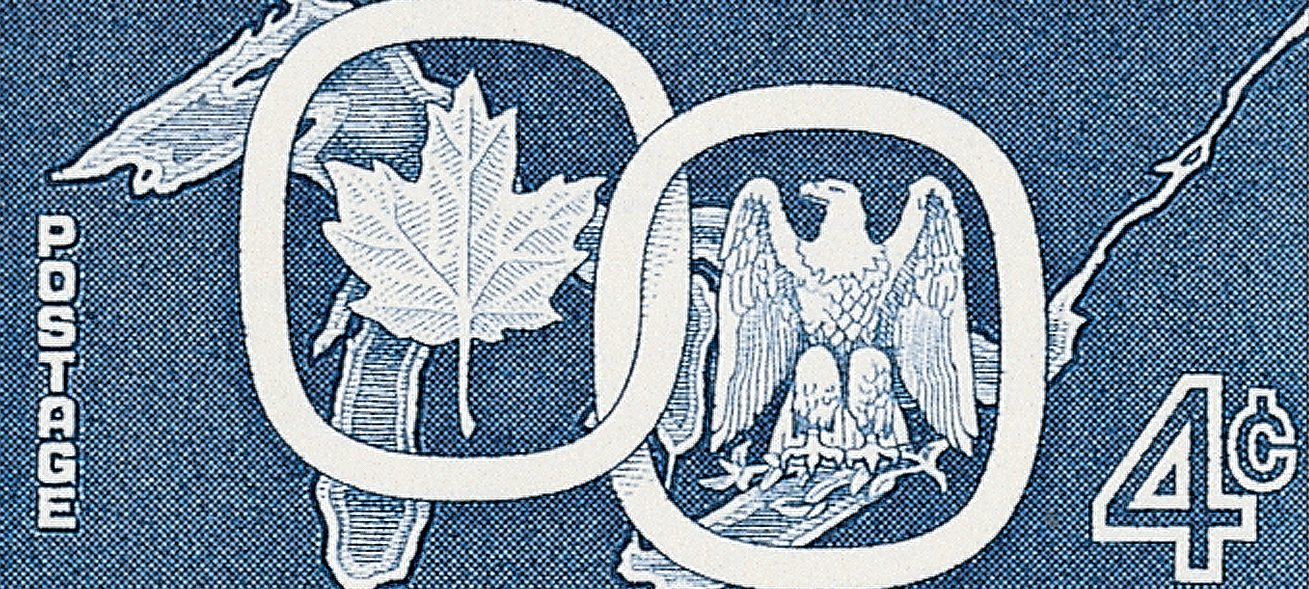
America’s first joint issue stamp was created to honor the completion of the St. Lawrence Seaway. The US and Canada worked together to create the seaway to connect the Great Lakes to the Atlantic Ocean.
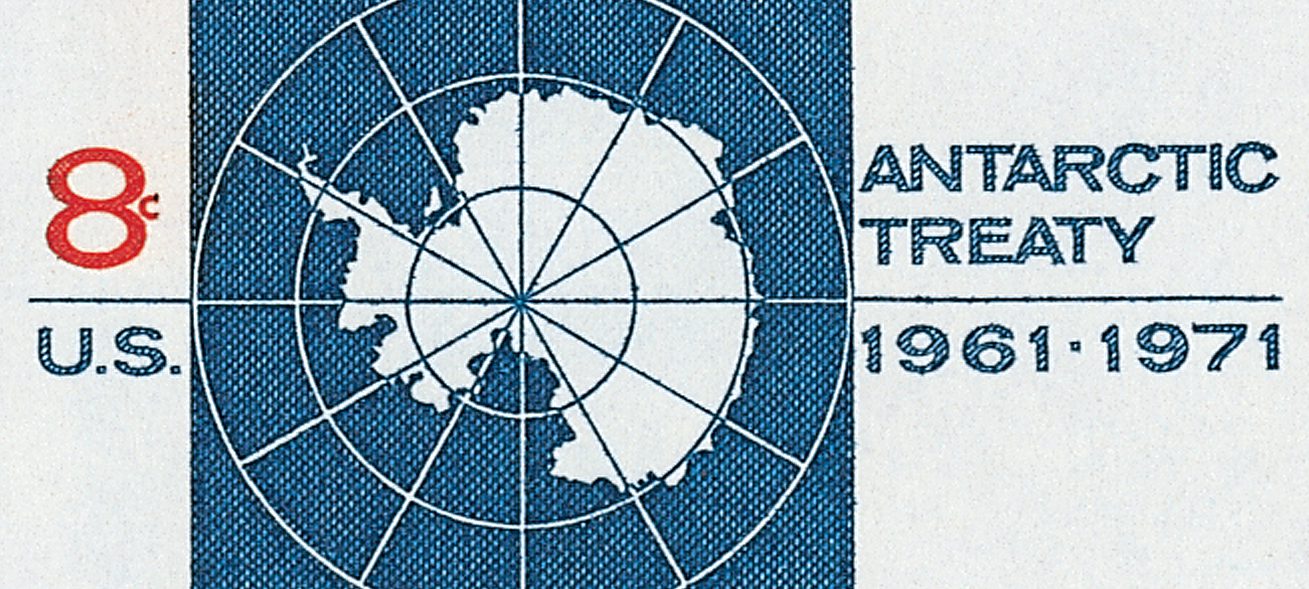
On June 23, 1971, the Post Office issued its last commemorative stamp as a cabinet-level department. It was reorganized as the United States Postal Service, a corporation-like independent agency of the federal government.
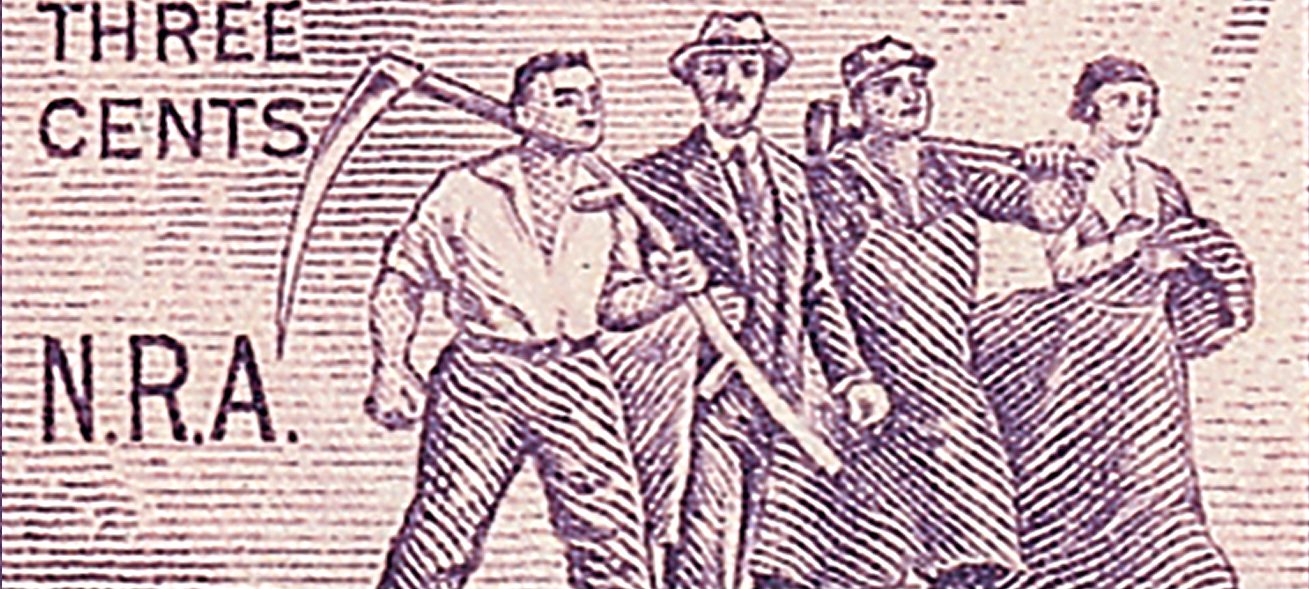
On June 16, 1933, President Franklin Roosevelt signed legislation passing the National Industrial Recovery Act. It was a bold and ambitious attempt to fix a broken economy during one of the hardest times in American history.
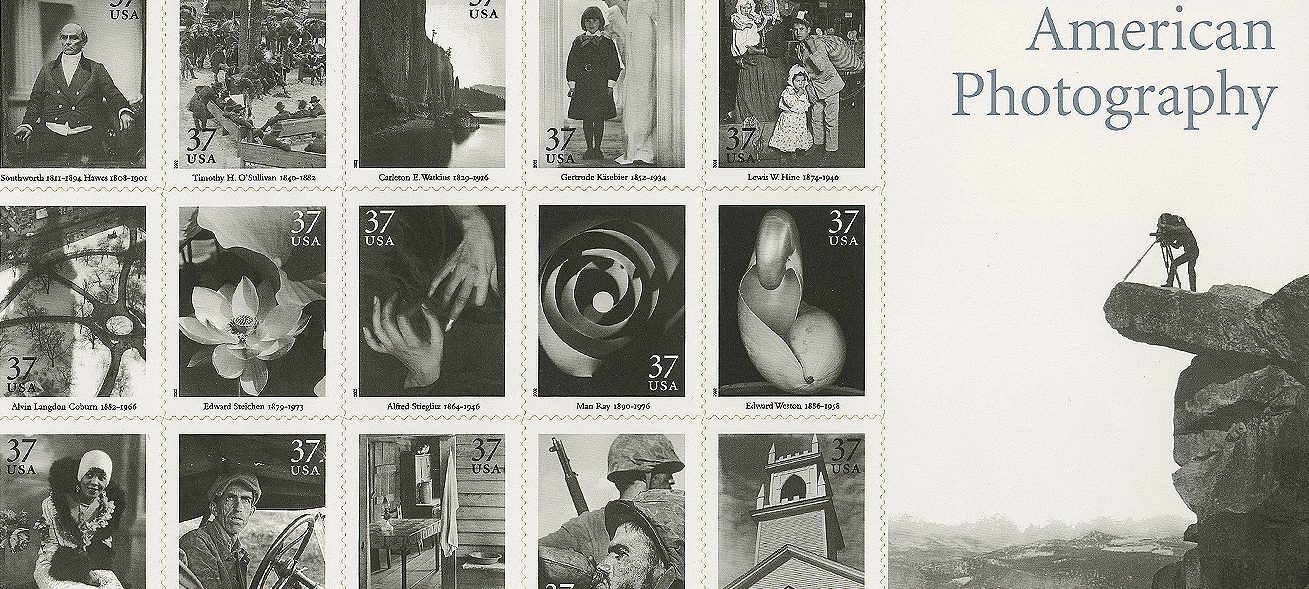
On June 13, 2002, the USPS issued the final sheet in the Classic Collection Series. The popular series ran for 6 years and included 11 stamp sheets, including one of the most famous stamp errors of modern history.
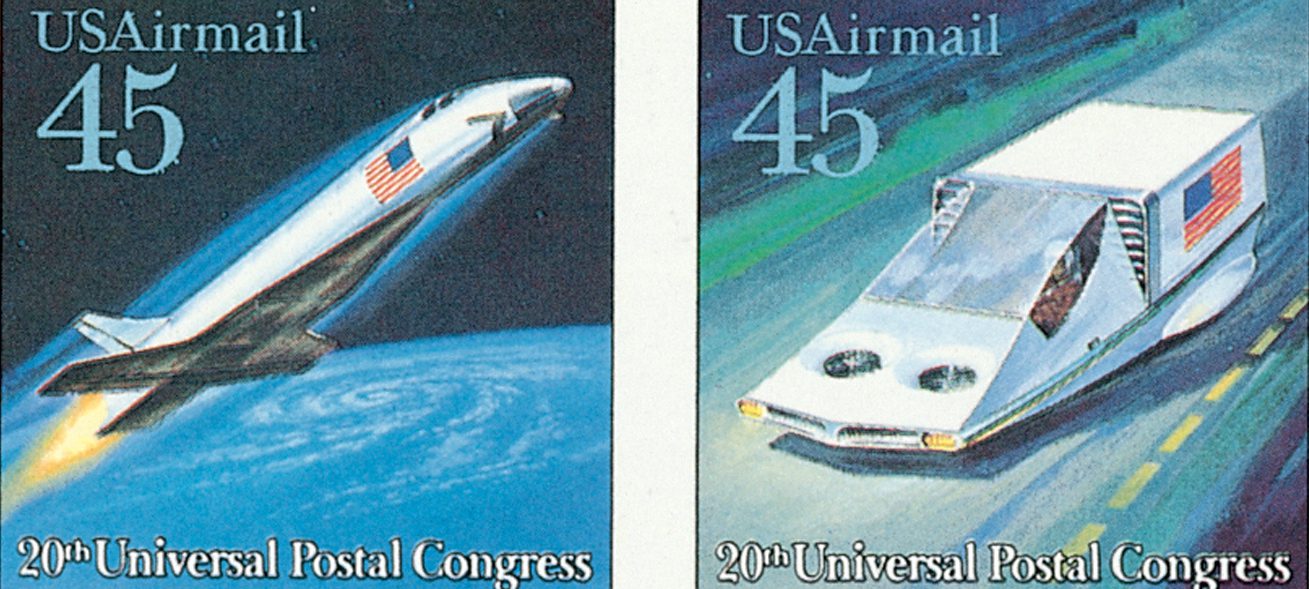
On June 8, 1959, the US Post Office Department launched its experimental missile mail in an attempt to find a faster method of mail delivery.

On June 1, 1995, the USPS issued the first stamp in its long-running Legends of Hollywood Series. The stamp, honoring Marilyn Monroe, was the best-selling stamp of the year.
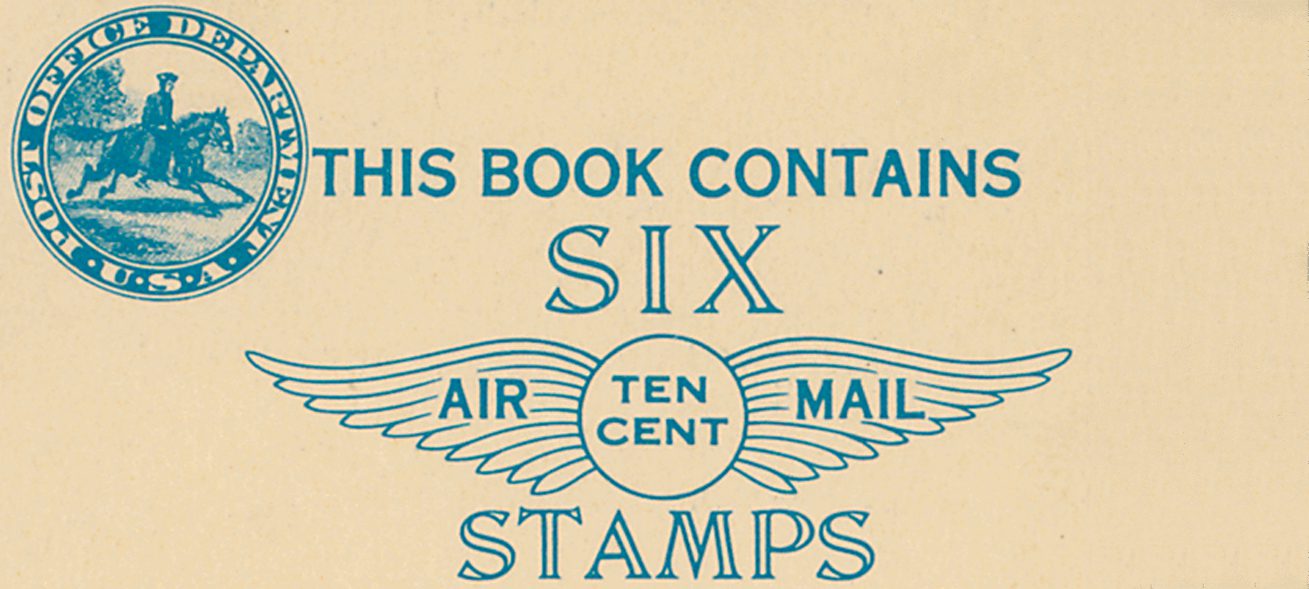
On May 26, 1928, the US issued its first-ever Airmail booklet – US #C10a.

On May 25, 1967, the Canada Centennial stamp was issued in Montreal – the first time a US stamp had a First Day ceremony in another country.

On May 22, 1997, the USPS issued the first stamp in the Looney Tunes Series, honoring Bugs Bunny. It was the first US stamp to picture a cartoon character. There’s also a 10th stamp imperforate pane that’s the most rare stamp issued in 70 years!